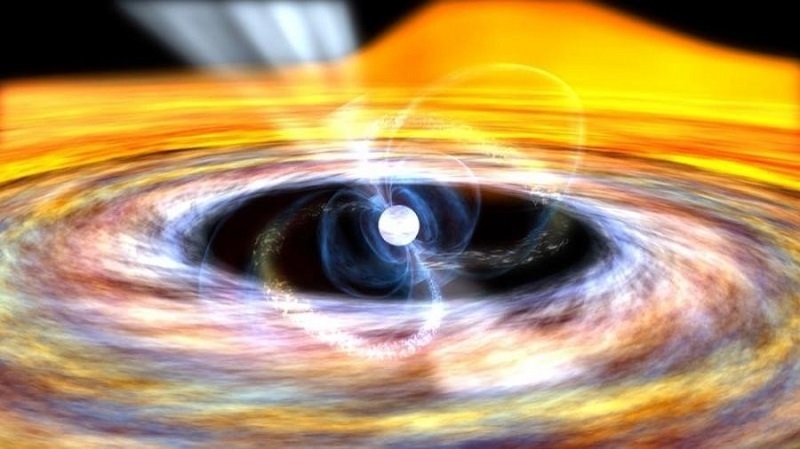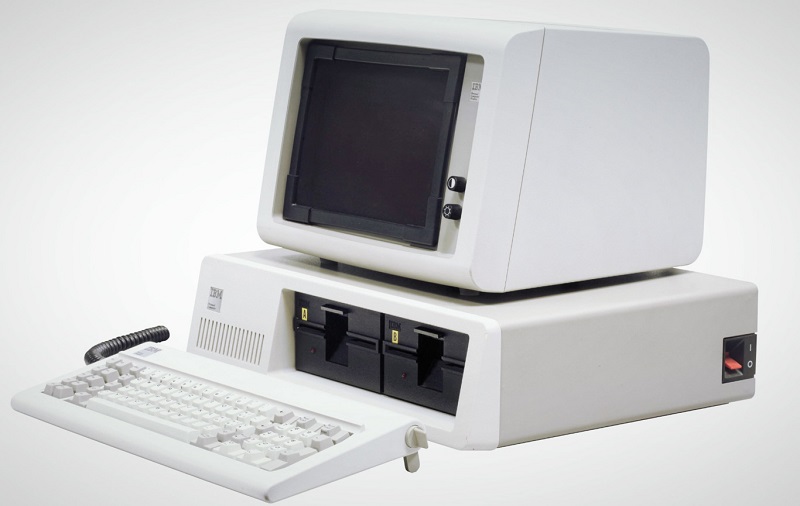I am convinced that the main problem of going to Mars or travel the solar system is that, out there, no WiFi or GPS. Things as seemingly simple as knowing where a probe is or being able to communicate with it become technological challenges of the first order in space.
The funny thing is that a technology that takes us a little more than a century, x-rays, can be the answer to all our space problems. With technologies based on them, we could transmit gigabits per second through the solar system and even create the ultimate interstellar navigation system. And it’s not just a theory, now the NASA Goddard Center prepares for the first demonstration of this technology in space.

The space revolution will be ‘radio graphed’
Although they sometimes go unnoticed, X-rays have a lot of life beyond hospitals and imaging services for diagnosis. Its physical properties, the abundance of celestial objects that emit and development of technologies, make them especially interesting for communication and spatial navigation.
For some years, the saturation of the electromagnetic space has forced space agencies to seek solutions based on waves with higher frequencies technologies. In this sense, and in principle, X-rays “do not suffer dispersion in the interstellar medium” and their physical properties make them very reliable; Allow for great directionality and require the use of relatively small terminals. These technologies (and precision we can get through them) have opened the door to change the way we transmit information through space.
And it is something we are already starting to land because X-ray optics is not new terrain and it is allowing us to develop efficient and low-cost technologies. We can say that the fundamental technologies to process X – rays already exist or are in the final stages of development. For example, we already have silicon detectors of a very small size and developments of miniaturization go full throttle. In fact, NASA has gotten you need to test the technology in a GPS satellite.
You may also like to read another article BlogsMujer: This is how reverse engineering changed the history of computing forever
XNAV or “You Are Here” from Space
While it is true that x-ray communication (XCOM) may be a leap forward for space exploration, the revolution will not come around. In the medium term, the most important application of these technologies will come from the other side: of space travel.
There are many celestial bodies emitting in the band of the electromagnetic spectrum of x-rays. Among them, we can find black holes and neutron stars. Precisely, there are a kind of neutron stars emitting ‘pulses’ of electromagnetic radiation at surprisingly regular intervals, the famous pulsars. And, within these, the millisecond pulsars have such regularity that “could compete with any of our atomic clocks”.
With the signals of these millisecond pulsars, which are detectable from anywhere in the solar system, an entire GPS space, an extremely accurate navigation system that would give could develop around to our way of addressing space travel.



